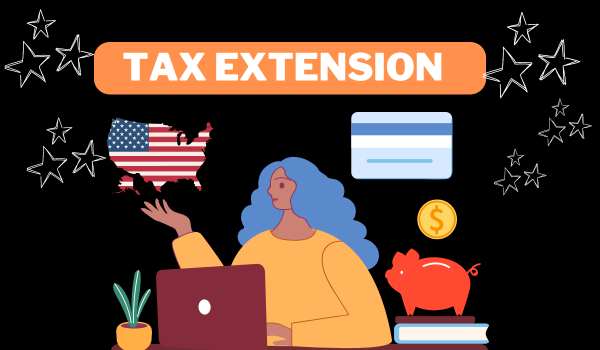Read about the Tax Extension 2024: How to File Tax Extension in 2024? What Every Tax Payer Should Know here. IRS officials have announced that the last day to file the tax return for 2023 is 15 April 2024. A Tax Extension is a paper that is to be submitted if any American wants to reduce the burden of paying income tax on time due to a financial downturn or any other relevant reason.
Contents
Tax Extension 2024
Each year, the taxes are to be paid on 15 April. Any individuals filing the ITR after the deadline must be penalized, and a certain amount of interest is collected late filing. Taxpayers who need additional time to file their income tax return can request the IRS by filling out a form to get a few months of extension on filing a tax. Almost all US employees are entitled to pay taxes.
Usually, the manager deducts a certain percentage to pay the authorities. As tax month has arrived, most individuals might be anxious to know whether they are eligible for tax exemption. A taxpayer can request the tax exemption before 15 April 2024 by doping so that the deal will be further extended. They will have to pay the taxes by 15 October 2025.
Important links
Who is Eligible For Tax Extension?
The amount any taxpayer makes a request must be a reasonable estimate of the amount they must be owing. The estimated amount is assumed to be reasonable only if it qualifies according to certain norms, as shown below.

- The lump sum has to be paid along with the extension before the deadline.
- The tax return is to be filed before the extended deadline.
- A minimum of 90 per cent of the liability will be paid on the actual due date.
Only if the taxpayer follows these norms can they get an extended deadline. For additional information, we request the reader to visit the main page of our portal kindly.
What is IRS Form 1040?
Well, there are specific automatic extensions for natural calamities like disasters in the country. Form 1040 is a statute that requires taxpayers to submit annual tax returns. Here are a few benefits of Form 1040. Here a brief data on what should be mentioned in the Form:
- An individual has to mention all sources of income they have received in the year. This must include the salary, tips, wage, pension distribution, business income and all sorts of income.
- The Form might include additional data related to the individual’s financial circumstances. Contributions made to the Individual Retirement Accounts and Medical Insurance accounts are to be shared in the form.
- The tax filing status is to be declared on the application, such as single or married filing joint taxes, those filing separately, or widow with a number of dependent children.
- Based on the income reported in the form and the tax paid, the form calculates the amount owed by the taxpayer, which will be credited as a refund.
The reason for requesting an extended tax filing may vary depending on the individual’s circumstances. Sometimes, employees might require more time to pay the tax due to unpredicted situations such as medical emergencies, natural calamities, or system errors.
How to File Tax Extension in 2024?
Here are a few steps to follow on the leading IRS portal to request an extension or instalment payment of Income Tax.
- Visit the IRS Portal.
- Tap on the ‘Make a Payment’ Option available on the Home Screen.
- Select a payment mode.
- Look for the ‘Reason for Payment’ tab and choose the ‘Extension’ option from it.
- Finally, select the ‘Form 4868’ along with the year.
The chances of error are greatly reduced because the software can match the commonly occurring mistakes. Despite all these, e-filing is more secure than paper filing as it reduces the risk of fraud and loss of crucial information.
What Every Taxpayer Should Know?
To receive a speedy return, you must opt for electronic filing. E-filing is typically faster and more efficient in terms of tax refunds. IRS officials process e-filed returns more quickly than in-person filing, which simply means that you can revive a fatter refund. The e-filing includes sufficient data to recreate the W2 Form.
If the IRS receives the paper filing, there is certain software that scans the document and the application and converts it to the W2 form, which has the same data e-filing has. The employer is generally responsible for sending a copy of the W2 Form to the officials. The authors compare both copies, one sent by the employer and the other sent by the worker, to ensure that the data matches exactly.